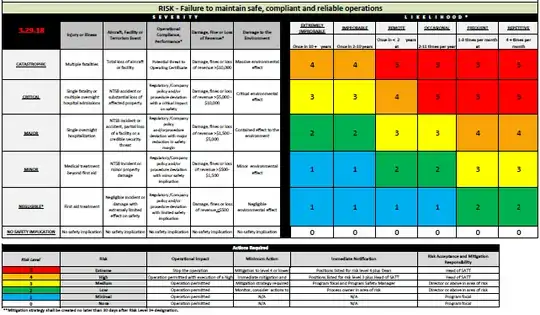Crowdstrike, whose Falcon Platform is responsible for significant disruption, has in their Terms and conditions:
The offerings and CrowdStrike tools are not fault-tolerant and are not designed or intended for use in any hazardous environment requiring fail-safe performance or operation. Neither the offerings nor crowdstrike tools are for use in the operation of aircraft navigation, nuclear facilities, communication systems, weapons systems, direct or indirect life-support systems, air traffic control, or any application or installation where failure could result in death, severe physical injury, or property damage.
Two systems that have quite famously gone down are Varian Medical Systems which is responsible for delivering radiotherapy treatments to cancer patients and EMIS, an appointment and patient record system, which is causing disruption in the majority of GP practices. These both have a clear potential for failure to result in death or injury.
How is this sort of phrase interpreted in law?
